 Friday, October 30, 2015 |
Friday, October 30, 2015 |  Hugh Locke
Hugh Locke Could Superfood Help Save Haiti's Forests?
REPRINT > by Sarah McColl for Takepart
Moringa company Kuli Kuli wants to help to reforest the island by developing a moringa economy.
Haiti is the most impoverished country in the northern hemisphere, and trees, or the lack thereof, are part of the problem.
Numerous studies have supported the link between deforestation and poverty in the country. One hundred thousand children under the age of five suffer from acute malnutrition, less than half of households have access to safe water, and one-third of the women and children are anemic. Everyone from conservationists to actor Sean Penn sees trees as the answer. The question is, which trees?
Some believe the answer could be moringa, a native of the Himalayan foothills in northwestern India and the latest imported ingredient anointed with “It Superfood” status (see also: quinoa, acai, chia). The tree—called variously “the miracle tree,” “tree of life,” “mother’s best friend,” and the “never die tree”—can shoot from seed to 15-foot stature in the span of a year; flourishes in hot, dry subtropical climates; and can be put to use from root to pod. Nutritionally, moringa has more calcium than milk, more vitamin C than oranges, more vitamin A than carrots, more iron than spinach, more potassium than bananas, and just as much protein as eggs.
Could two of Haiti’s problems—deforestation and poverty—be solved by moringa? It’s a potential solution floated by Oakland-based social enterprise company Kuli Kuli, in a partnership with the Clinton Foundation and a Haitian nonprofit, the Smallholder Farmers Alliance, to develop a new moringa supply chain in Haiti. That chain would result in Kuli Kuli’s newest product, a Soul Cycle–appropriate cousin to 5 Hour Energy calledMoringa Green Energy Shots, to be sold nationwide at Whole Foods.
Chef José Andrés is in on the action, too. His nonprofit organization, World Central Kitchen, is working to improve nutrition in Haiti and other developing nations using moringa and is also promoting recipe competition on Instagram, using the hashtag #MoringaInspired.
Kuli Kuli has succeeded with this model before. In Ghana, the planting of 60,000 moringa trees has provided a sustainable livelihood for 500 women farmers for the past three years and enabled Kuli Kuli to launch its Moringa Superfood Bars in stores in the U.S. Kuli Kuli pays 30 percent over the market price, and it prepays for harvests to ensure that the crop remains sustainable.
But while its nutrition benefits are irrefutable, is mass-planting moringa the right reforestation tactic for Haiti? S. Blair Hedges, director of the Center for Biodiversity at Temple University, doesn’t think so.
“Although it is true that [Moringa oleifera] has benefits for humans (food, medicine), the major claim made, that Haiti would benefit by reforestation with this species, is misleading,” Hedges, whose work preserving Haitian flora and fauna has led to the discovery of several new species of Haitian frogs, wrote in an email.
“It would put money in someone’s pocket but would not solve Haiti’s environmental problems or protect Haiti’s rich biodiversity,” Hedges said. That, he added, would require a more local solution.
“A forest full of native Haitian species would do much better in stopping erosion, protecting water resources, and providing food, shelter, and energy for the Haitian people,” he continued.
COMMENT BY HUGH LOCKE:
The Smallholder Farmers Alliance (www.HaitiFarmers.org), of which I am co-founder and president, is Kuli Kuli’s partner on the ground in Haiti. We are in complete agreement with Blair Hedges that the mass planting of moringa trees is a terrible reforestation tactic. Our approach is to help expand and improve upon a local solution derived by Haitian smallholder farmers who for many years have grown moringa in combination with fields crops. This agroforestry approach of combining tree planting with agriculture is how we currently grow one million trees a year. This includes moringa along with 18 other species--all of them native or long-adapted trees--that produce food, fodder, timber and contribute to soil stabilization and wildlife habitat restoration. And our whole operation builds on local solutions, including the moringa program, so happily the money goes into the pockets of farmers where it belongs.

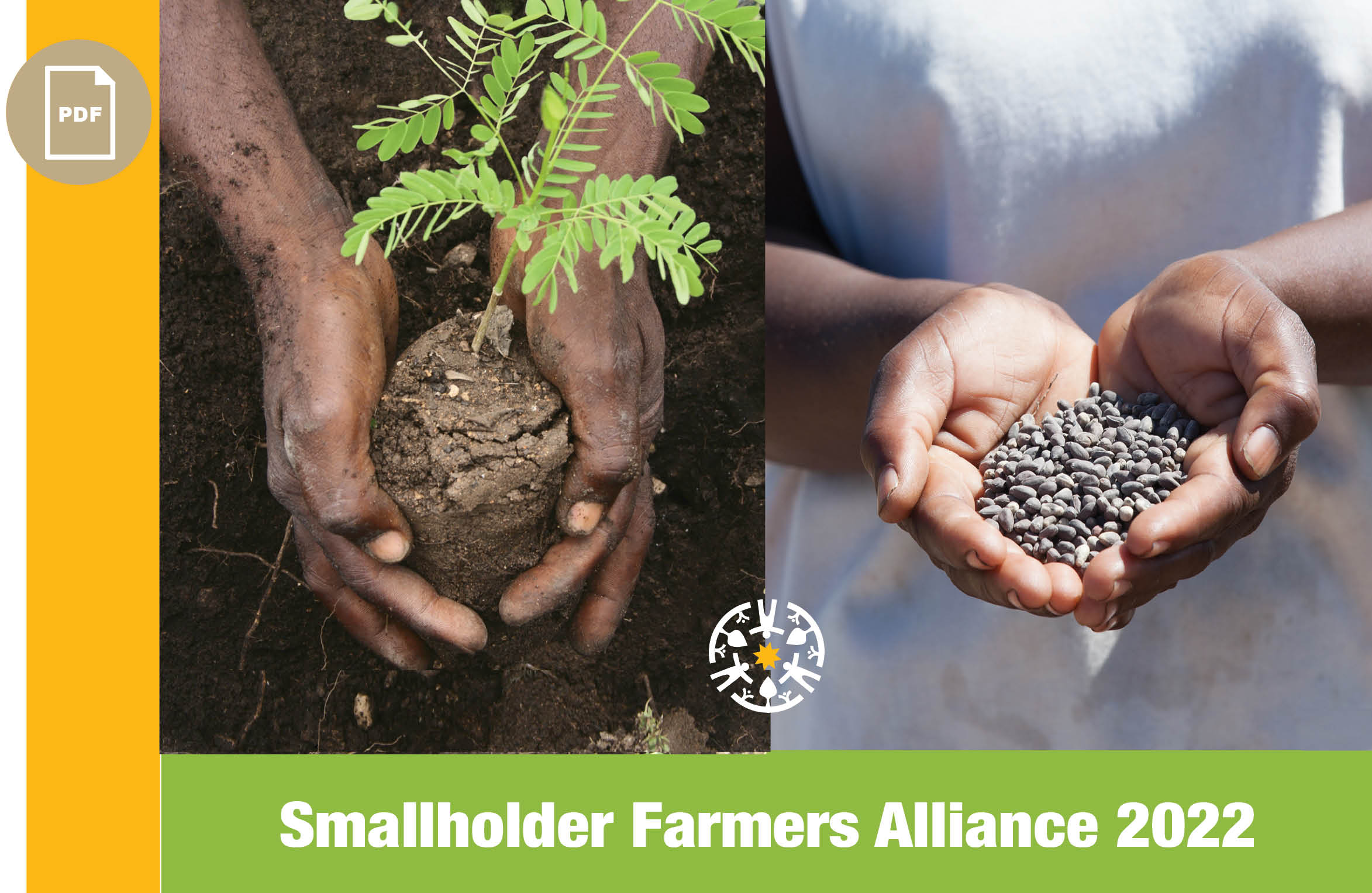

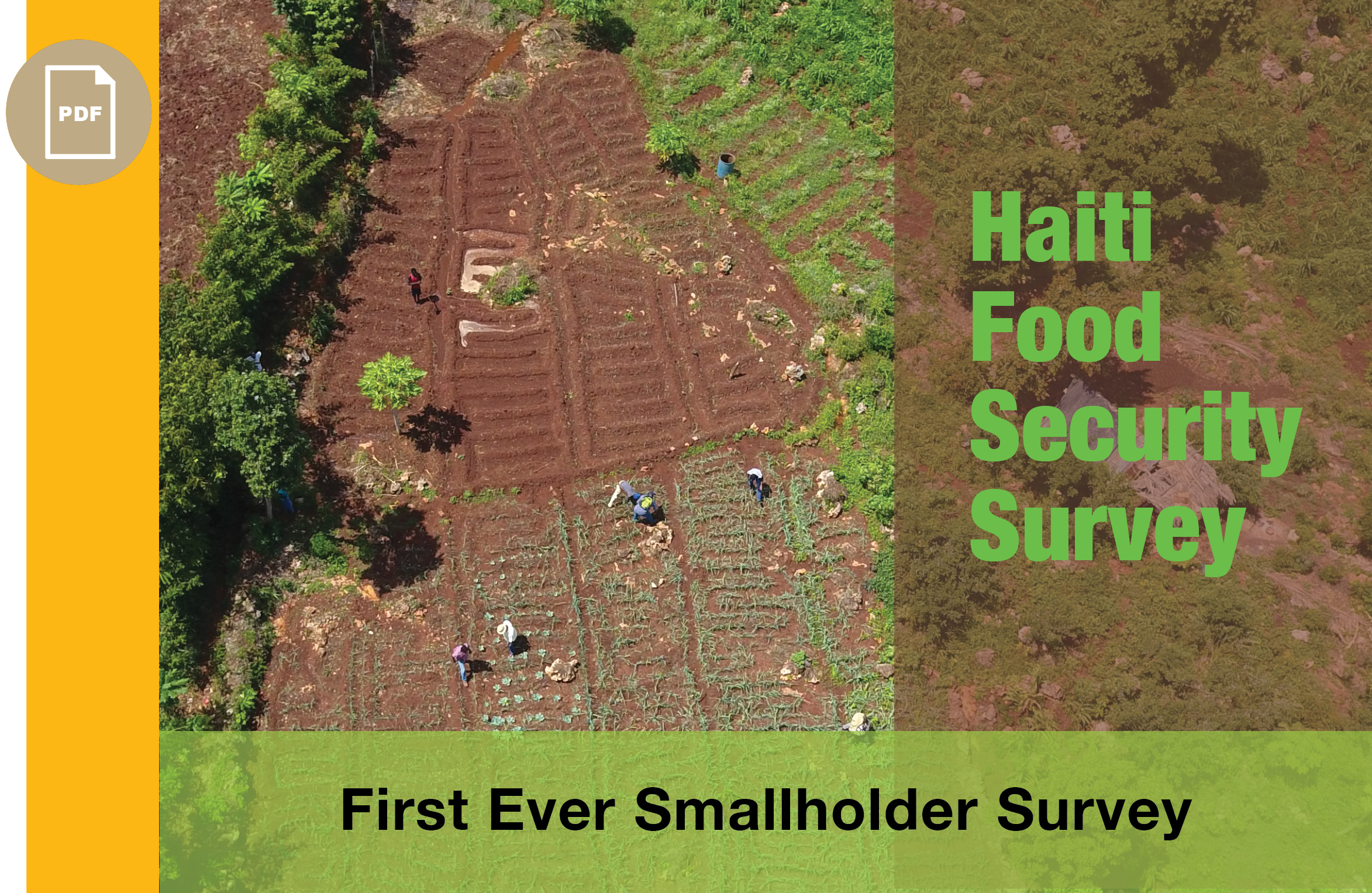
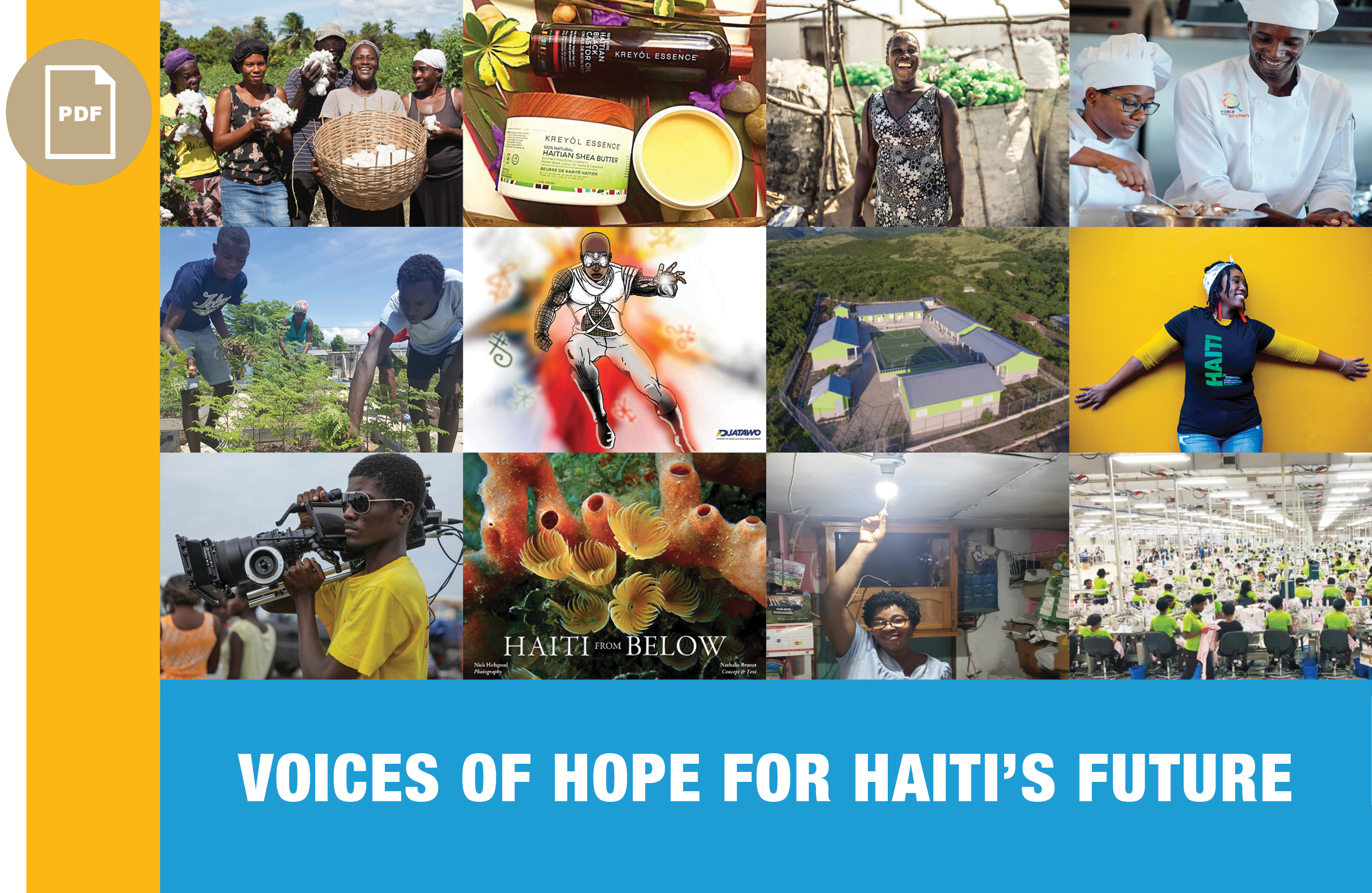

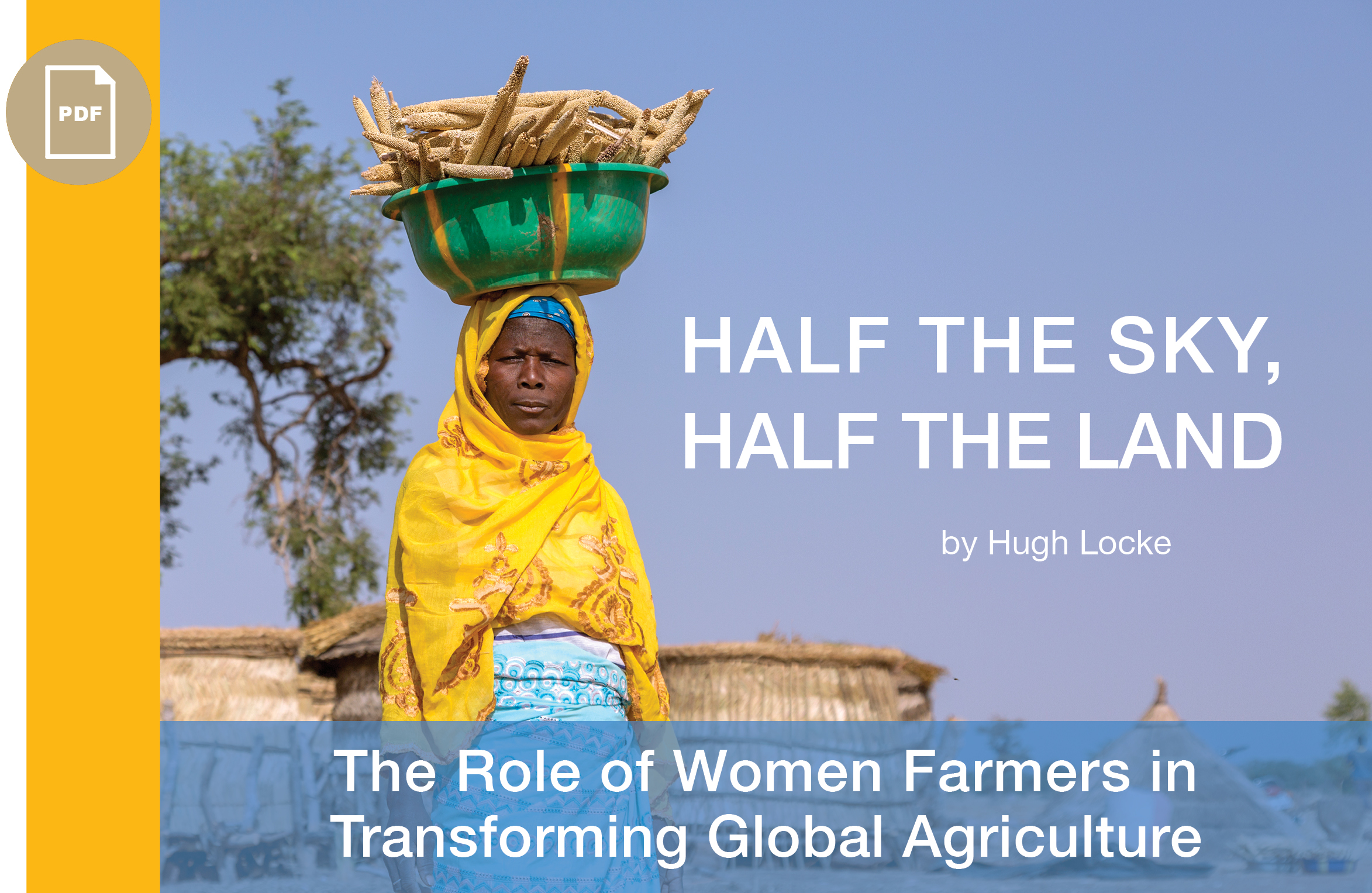
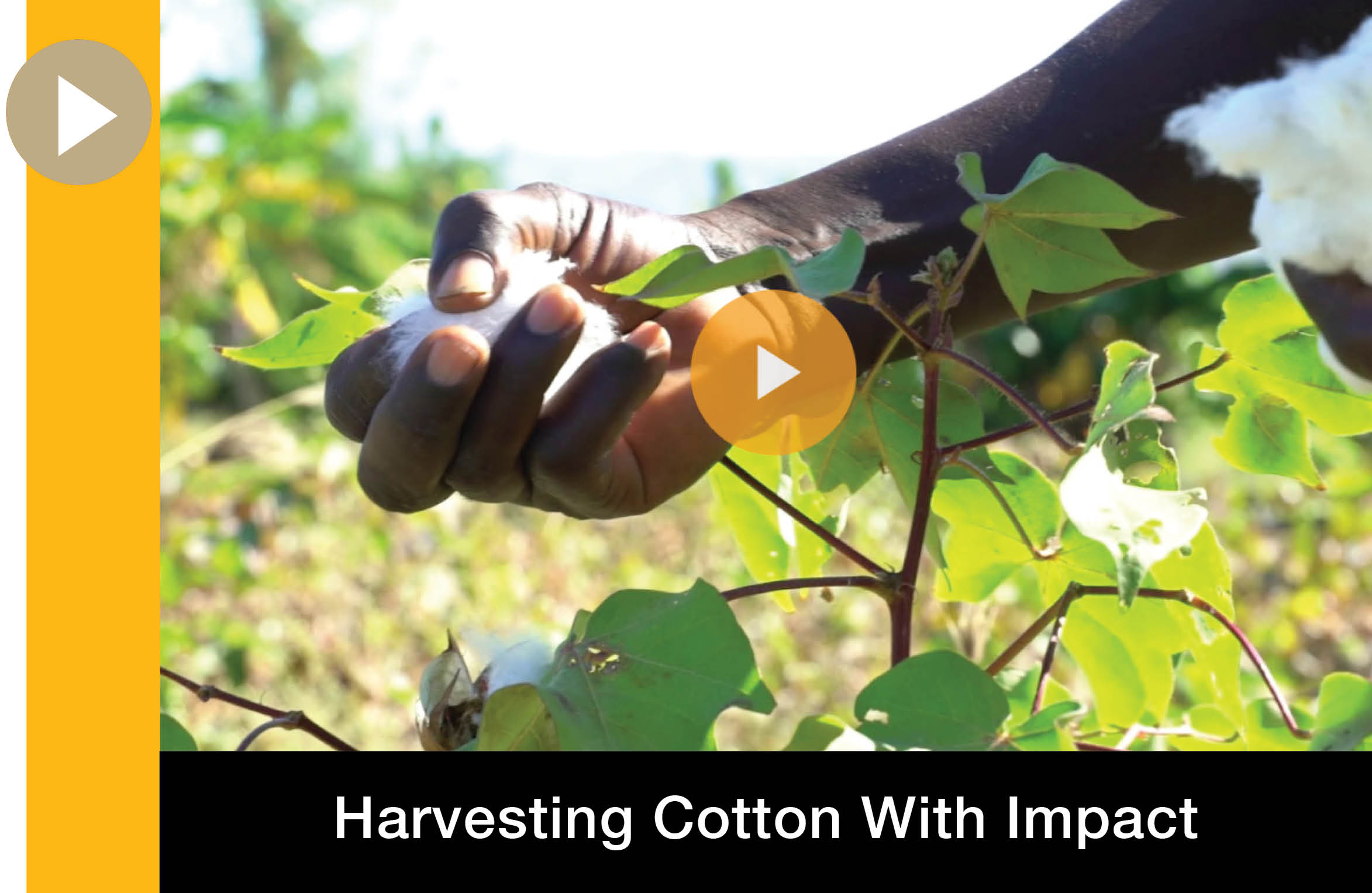
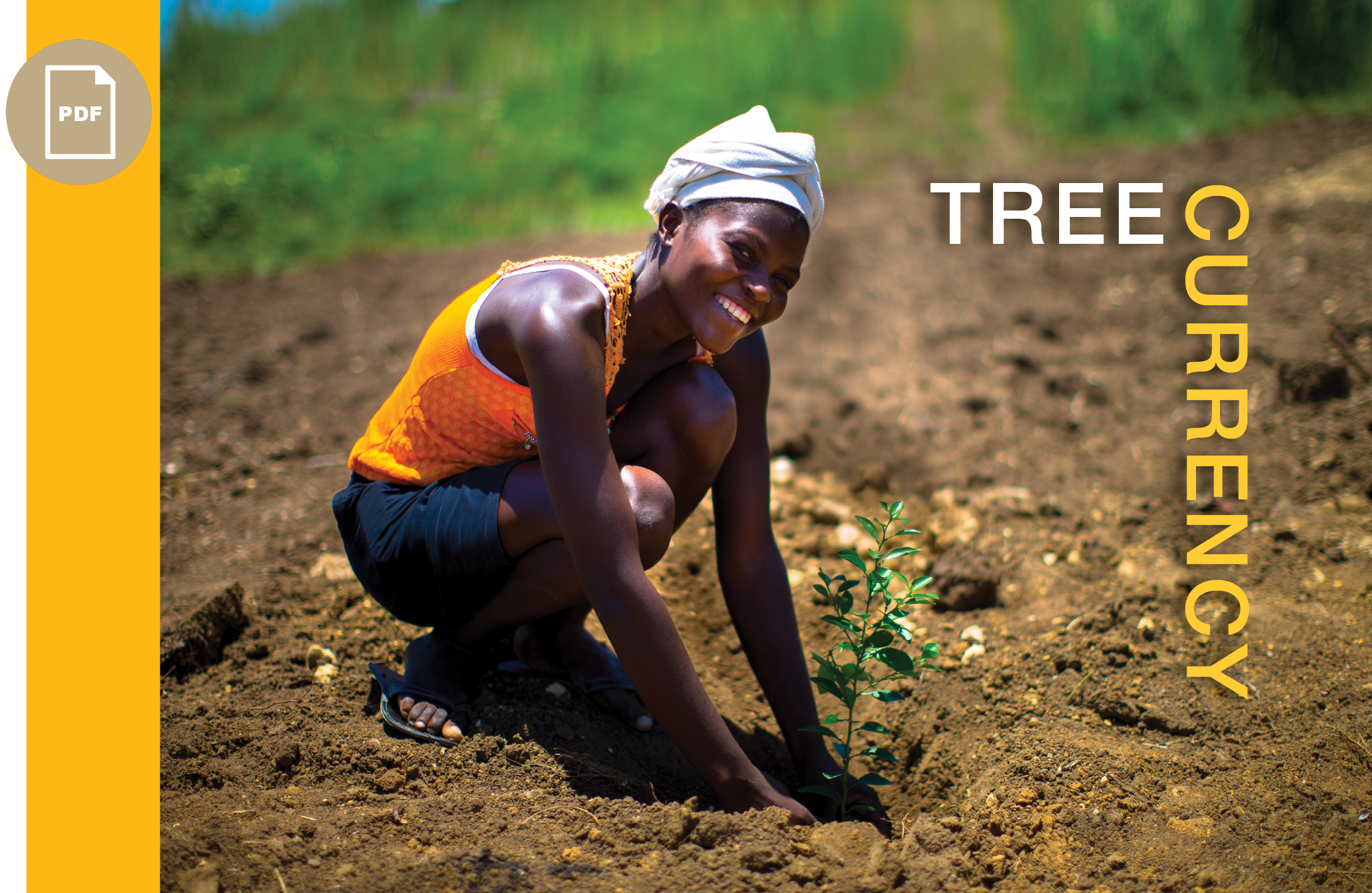
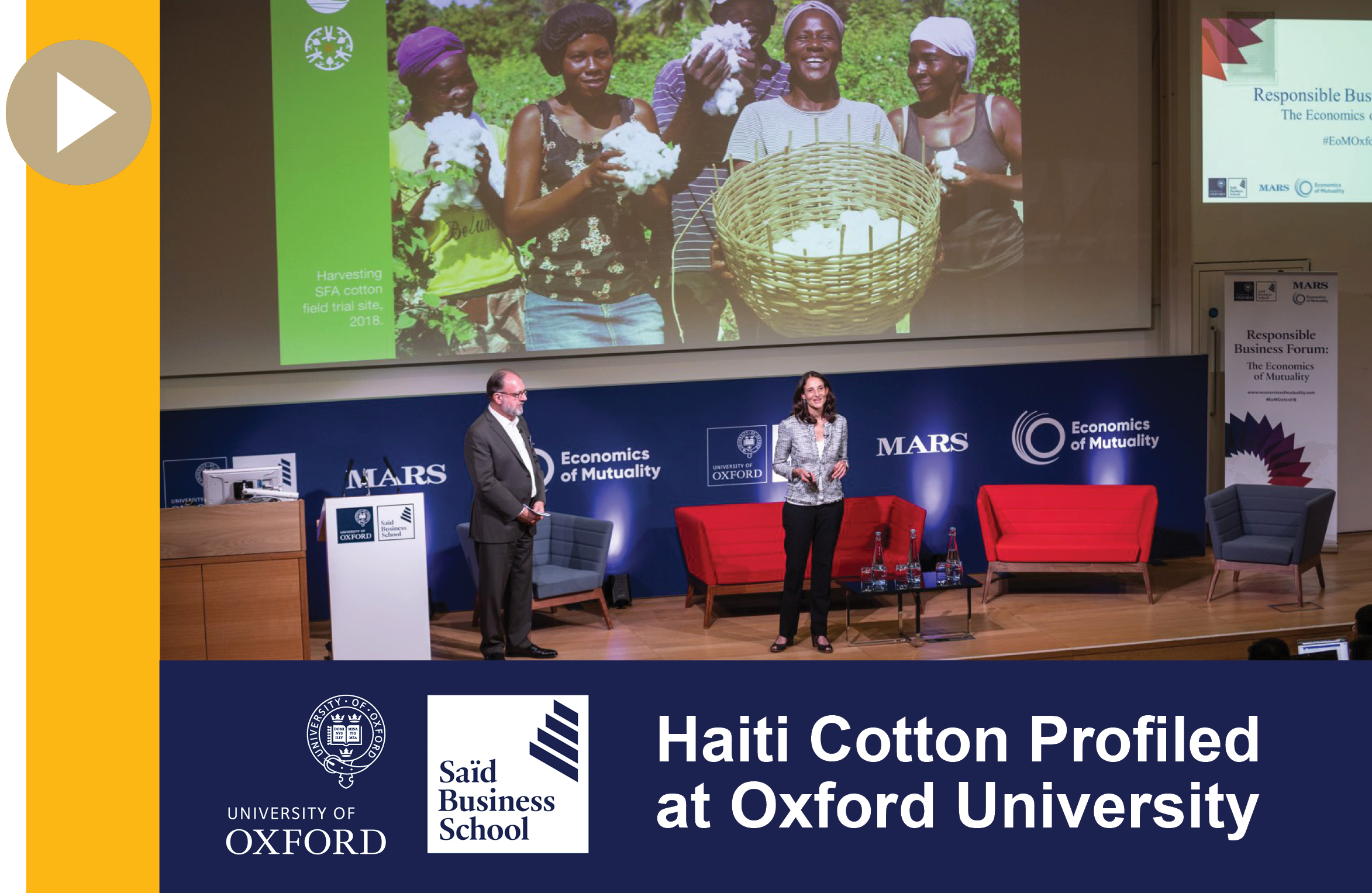
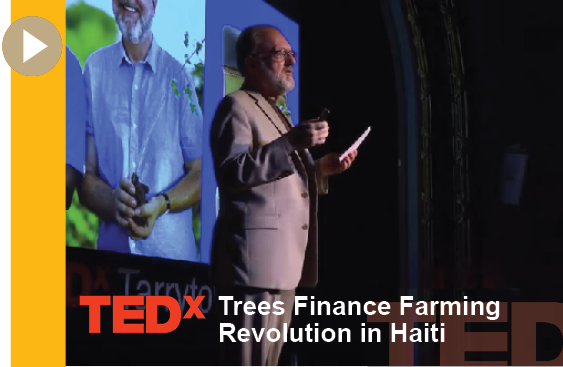
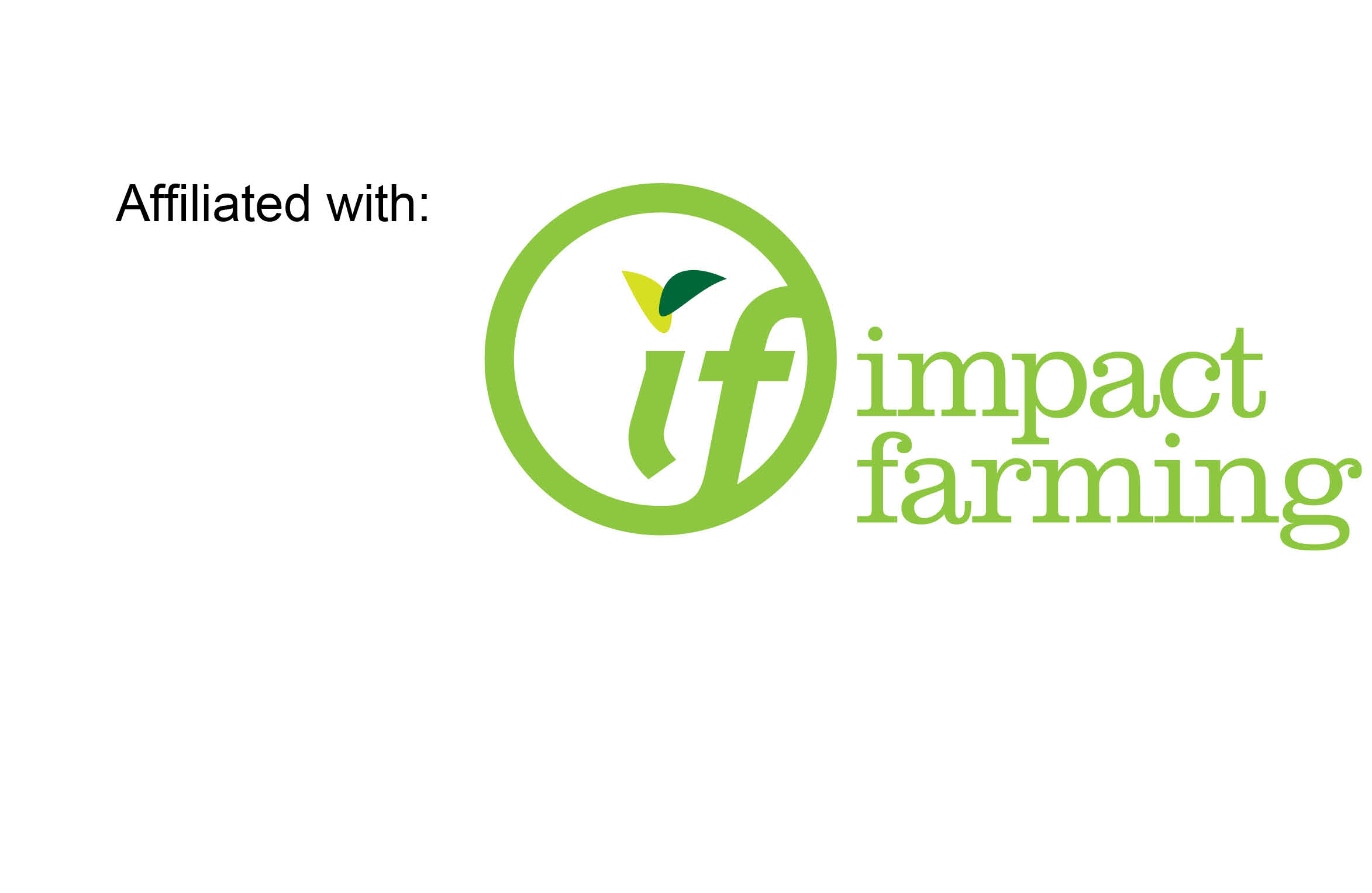

Reader Comments